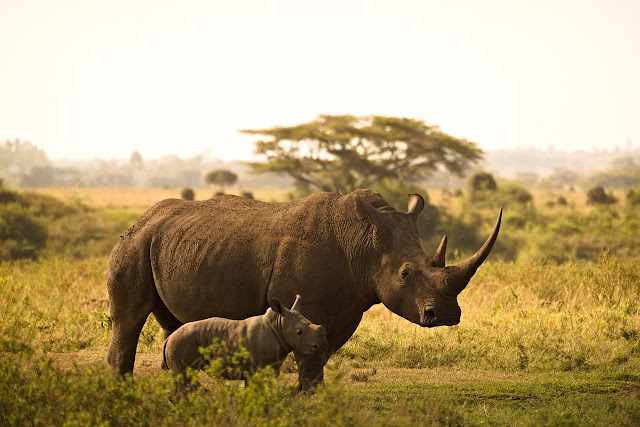A Rich History of Conservation
Kruger National Park, established in 1898, is one of Africa's oldest and largest national parks. The park was named after the visionary Paul Kruger, former President of the South African Republic, and was established to protect the region's diverse wildlife from overhunting. It now serves as a haven for countless species, demonstrating the country's commitment to conservation.
Nature lovers, wildlife enthusiasts, and adventure seekers everywhere rejoice as we embark on an exciting journey to Kruger National Park, South Africa's crown jewel of conservation efforts. This vast sanctuary, known as a Big 5 capital, sprawls across the Mpumalanga and Limpopo provinces, offering a glimpse into the untamed wilderness and an unparalleled safari experience. Join me as we discover the wonders of Kruger National Park and why it holds such a special place in the hearts of nature lovers.
The Big Five
Breathtaking Biodiversity
Aside from the Big 5, Kruger National Park is home to a diverse range of flora and fauna, making it one of the world's most biologically diverse areas. The park encompasses diverse habitats such as open grasslands, dense forests, and meandering rivers and spans over 19,000 square kilometers (7,335 square miles). This diverse ecosystem supports an incredible diversity of species, including over 500 bird species, 147 mammal species, and 336 tree species.
Read Also Addo Elephant National Park, South Africa
Unforgettable Safari Experiences
A safari in Kruger National Park is a once-in-a-lifetime experience that promises unforgettable memories. Visitors are led through the park by knowledgeable guides who share their knowledge while ensuring a safe and responsible wildlife encounter. Whether you choose a self-drive safari or a guided tour, the park provides a variety of lodging options, ranging from luxury lodges to cozy campsites, allowing you to fully immerse yourself in the wilderness.
Conservation and Community Initiatives
Beyond Wildlife
While the wildlife is the main attraction, Kruger National Park has much more to offer. Visit ancient rock art sites, go bird watching along the riverbanks, or go on a guided nature walk to learn about the park's fascinating plant life. Furthermore, Kruger's proximity to other South African attractions, such as the Blyde River Canyon and the vibrant city of Johannesburg, allows visitors to plan an all-encompassing itinerary.
Conclusion
Kruger National Park is a testament to South Africa's conservation commitment and a beacon of hope for protecting the world's natural wonders. This Big 5 capital provides an unrivaled safari experience, with its remarkable wildlife, breathtaking landscapes, and a rich tapestry of biodiversity. A trip to Kruger National Park is more than just an adventure; it is an opportunity to connect with nature, support conservation efforts, and make memories that will last a lifetime.
FAQ
1. Are the Big 5 in Kruger National Park?
Yes, Kruger National Park is home to the Big 5 (lion, leopard, rhinoceros, elephant, and buffalo).
2. What is the capital of Kruger National Park?
There is no capital city in Kruger National Park. It is situated in the South African provinces of Limpopo and Mpumalanga.
3. What is the largest game park in Africa?
Kruger National Park is South Africa's largest game park, but it is not Africa's largest. Tanzania's Selous Game Reserve holds this distinction.
4. What is the ranking of Kruger National Park in the world?
Kruger National Park is the world's tenth most visited national park.
5. Is the Kruger National Park as big as England?
No, the Kruger National Park is not the size of England. The Kruger National Park covers an area of 19,485 square kilometers, while England covers an area of 242,900 square kilometers.





